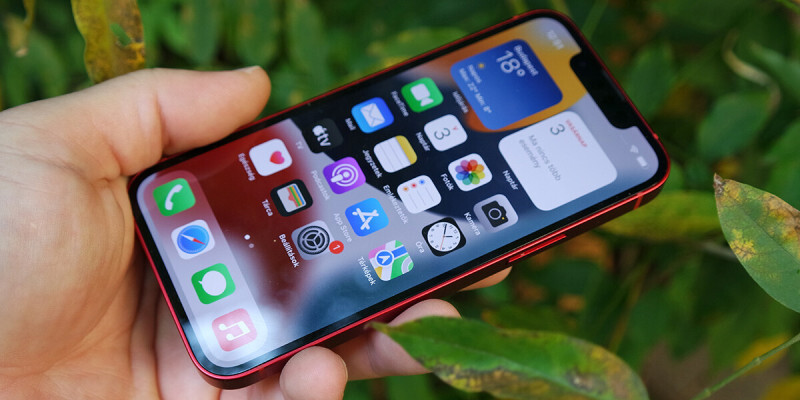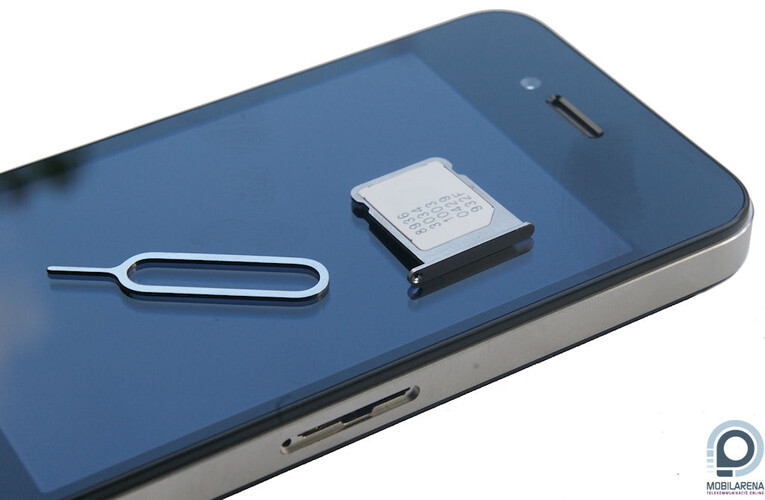Next year, or at the latest in 2023, a model that works exclusively with an eSIM can be envisaged.
Apple has always tried to make the SIM card take up as little space in a mobile phone as possible, and in 2010 they were the first to put a microSIM in a smartphone (this was the iPhone 4) Then two years later he did the same with nanoSIM Iphone 5 with regard to.
iPhone 4, the first microSIM phone [+]
They weren’t that fast on an eSIM, and at the moment they’re only thinking of it as a secondary card for their mobiles, but that could change soon: a source called 9To5Mac talks about 2023 and iPhone 15 Pro, but Apple says GSMArena providers are already preparing for the change, so it’s likely to be They have iPhones in September 2022.
If the slot disappears from the left, there will obviously be no SIM needle in the box [+]
the iPhone 13 and 13 Pro A dual eSIM can already be accommodated, so we still have the option of having two lines on the network without a physical SIM, but it’s not likely that many users will still use their cell phones in this way: sooner or later they will.
Technically, the fact that the phone does not have a SIM card, does not take up a separate space in the housing, and has one option less soak, but the fact that many customers have to switch eSIM from their service provider at the same time can cause less money. Major disruptions and inconveniences, so Apple may only do this for certain devices in a particular region and/or service provider for the first time.
















































